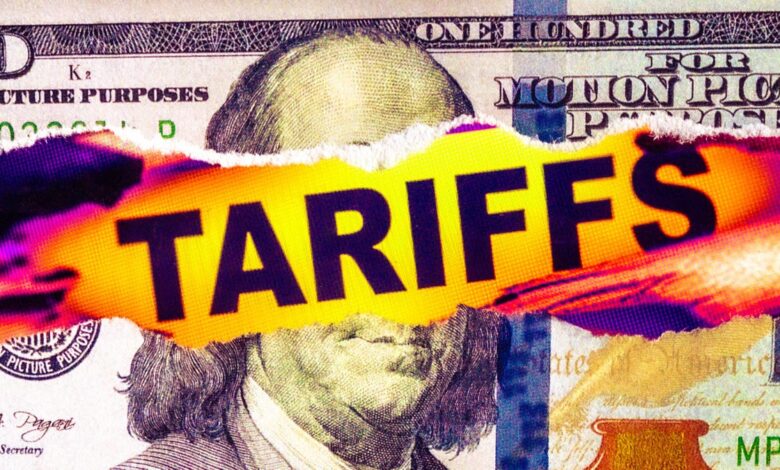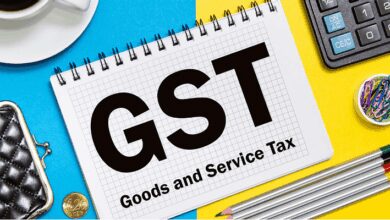I Monitor Tariff Impacts Every Day: Here Are My Top Tips to Help You Track Prices

If tariff news has you spooked, these are the tricks I can currently recommend to help you track the prices that matter the most to you.
Thinking a lot about tariffs lately? You and me both.
I’ve been keeping track of the impacts tariffs might be having on a variety of key products that are both popular and likely to be susceptible to tariffs. However, there’s only so much I can keep track of, given that I’m just one guy (I swear) and that CNET is focused on tech products and services. If there’s a product or type of product out there that you’re concerned about when it comes to tariff inflation, it might be worth doing a little legwork of your own.
Given the results of a recent CNET survey, it’s fair to say that a lot of you reading this might have concerns about tariff-driven price increases. According to our findings, about 38% of shoppers feel pressure to make certain purchases before tariffs make them more expensive. About 10% say they have already made certain purchases in hopes of getting them in before the price hikes, while 27% said they have delayed purchases for products that cost more than $500.
If that sounds like you, then I’d like to share a few tricks I’ve relied on to keep track of price shifts in the last few months, so that maybe you can keep tabs on the specific things that matter most to you. For all the details, keep reading, and for more, check out CNET’s coverage of the court ruling that struck down Trump’s tariffs.
How to use price trackers on Amazon
Amazon is one of the most popular online shopping portals in the world, so it’s a great place to keep an eye out for price changes. The company’s reach with consumers of all kinds is so vast that even a rumor that it might explicitly show the impacts of tariffs on its prices resulted in a heated response from the White House.
If there’s an item for sale, odds are you can find it on Amazon — and there are a number of websites and browser add-ons that can show you the price history of most items listed there. For CNET’s daily tracker, I personally use the browser extension Keepa, which came recommended by CNET Senior Editor James Bricknell and which is available for Chrome, Safari, Opera, Edge and Firefox browsers. After you install it, Keepa works by adding a graph to Amazon store pages you visit, showing you the changes in the product’s price over time. You can fine-tune this graph as well, changing how far back the price history goes and adding or removing lines for different purchasing options.
Another popular option is CamelCamelCamel, which allows you to track Amazon prices either by copy-pasting a link into its search bar, or as a browser extension, available for all the same platforms as Keepa. Unlike Keepa, which adds the chart directly into the product page, this extension — known as “Camelizer” — requires you to open the chart from a button added to the browser’s menu bar. Besides that, the functionality is almost the same.
Both of these options also allow you to set up email alerts for when certain products shift in price on Amazon.
How to use price trackers for other shopping sites
But maybe you don’t exclusively rely on Amazon for your online shopping needs. Maybe you took my advice and canceled your Prime membership recently, or maybe you just prefer doing business elsewhere for certain things. Well, you’re not out of luck, because some price-tracking services work with other popular retailers, like Walmart, Target or Best Buy.
If those are the sorts of places you’re shopping, I’d suggest taking a look at the aptly named site Price Tracker, which says that it can provide price history charts for 88 online retailers. All you have to do is copy-paste your product’s URL into the site’s search field, and it will generate a graph showing you its price over time, just as Keepa and CamelCamelCamel do.
How to set news alerts for specific products and companies
Sometimes waiting for prices to change feels like too little, too late. If you want to be informed ahead of time and get an idea about broader changes, you would do well to follow the news surrounding specific companies and product sectors.
To do that, I’d recommend you create some Google Alerts related to the products you’re most concerned about. Using this service, you can set alerts for certain words or phrases — perhaps things like “tariffs,” “coffee prices,” or “Samsung Galaxy price” — and Google will send you daily emails with news stories based on them. This way, if news stories indicate that a certain grocery item you buy frequently is about to get more expensive, or if a big tech manufacturer announces a price hike for that new gadget you’ve been anticipating because of “market conditions,” you’ll be ahead of the curve.
For more, find out if you should or shouldn’t buy a new phone now.






